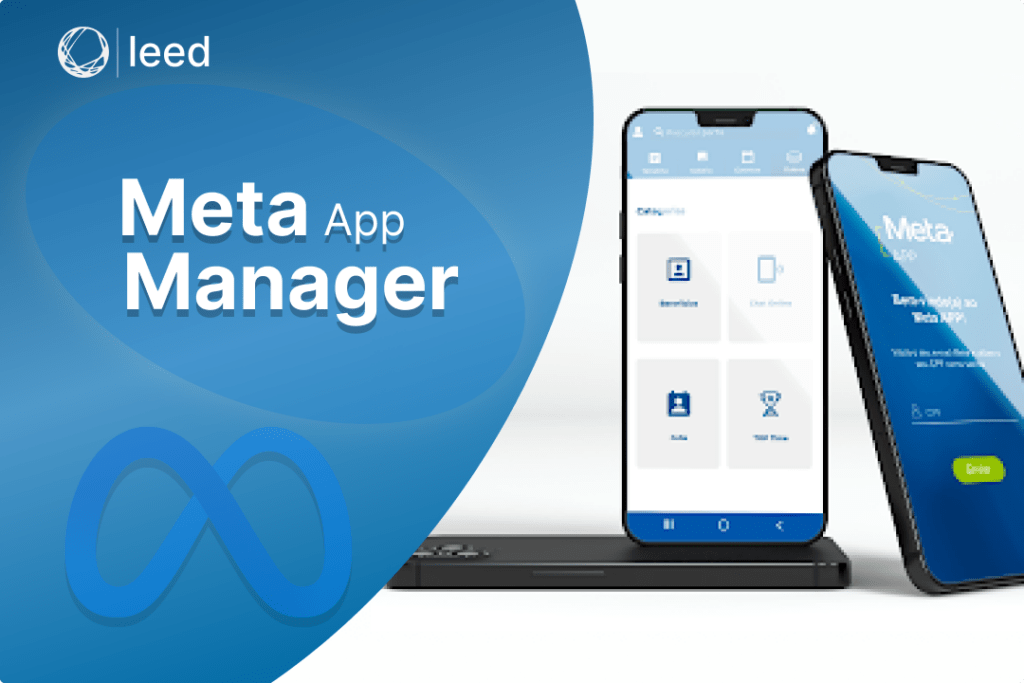Ready to revolutionize your project management approach? Join us as we explore innovative project management methodologies that will take your projects to new heights. But the question is among the approximately 8,462 project management methods which one should you choose?
Which types of project methodologies will be right for the organization? So let’s discuss these methodologies and you will be able to choose the best one through this guide.
Read also: Best Programming Languages for Front-end Development
What is a Project Management Methodology?
A project management methodology can be described as a collection of procedures, techniques, and tools utilized in project planning and execution. Simply put, these frameworks assist managers in optimizing project management practices.
These processes equip project managers with a comprehensive toolkit to effectively plan, execute, monitor, and control projects. Project management methodologies play a pivotal role in guiding project execution, and ensuring consistency, standardization, and efficiency throughout the entire process.
How To Choose The Right Methodology?
Although there are many project management methodologies available, choosing the right one is difficult but very important. Software development projects require careful planning, organization, and execution to deliver high-quality products on time and within budget.
Choosing the right project management methodology is necessary for achieving these goals. However, to choose the type of project management methodology following factors need to be considered:
Project Requirements
When choosing a project management approach, begin by comprehending the nature and extent of your project. Take into account its size, complexity, and specific demands. Certain methodologies are better suited for larger and more intricate projects, while others are more appropriate for smaller, straightforward endeavors.
Budget & Cost
What is the budget for the project you are planning on working with? Consider the risks and change factors in your budget as well. Decide all these points and then take a decision according to it.
Project Teams
Assess the skills, experience, and preferences of your team members. Some methodologies may align better with their expertise and working style. Consider their familiarity with different methodologies and their ability to adapt to new approaches.
Timeline
Consider the timeline of the project that you are working on. You need to plan accordingly so that you can deliver your project on time. Keep in consideration the resources, and constraints as well. Certain methodologies are designed for specific constraints so choose accordingly.
Stakeholder Expectations
Identify the expectations and requirements of your project stakeholders. Some stakeholders may prefer a highly structured approach with extensive documentation, while others may prioritize flexibility and rapid iterations.
Best Project Management Methodologies
Following are some of the best management methodologies that will help you in continuous improvement:
Waterfall Methodology
The waterfall approach is one of the most traditional and straightforward approaches of all project management methods. The waterfall model, recognized as a linear and sequential method for project management, presents a distinctive approach.
It encompasses a systematic progression through separate phases. In this methodology, each phase has to be completed before the next starts. The name of this methodology is derived from its graphical depiction, representing the cascading movement of a waterfall.
To simply describe, the waterfall strategy follows the given sequence:
- Requirements gathering
- Analysis
- System Design
- Implementation
- Testing
- Deployment
- Maintenance
Agile Methodology
An agile approach is one of the project management methodologies that focuses on cross-functional collaboration across teams. The methodology is an incremental approach to software development and project management.
Agile project management methodology emerged as a response to the increasing dissatisfaction with the linear approach of traditional project management methodologies. This is a more flexible approach in which the project is divided into smaller iterations known as sprints.
Scrum Methodology
Scrum is a popular Agile framework that uses short iterations called sprints to deliver incremental product increments. It emphasizes self-organizing teams, frequent communication, and continuous improvement. Scrum is particularly effective for complex projects with evolving requirements. In fact, it offers several advantages in such scenarios.
Kanban
Kanban is a visual project management methodology that focuses on managing workflow and limiting work in progress. It uses a Kanban board to visualize tasks and their status, allowing teams to prioritize and manage their workload effectively. Kanban is often used in conjunction with other Agile methodologies.
Lean
Lean project management is based on the fundamentals of Lean manufacturing and the goal is to eliminate waste and improve efficiency. It focuses on delivering value to the customer and reducing non-value-added activities. Lean project management is suitable for projects that require continuous improvement and waste reduction.
Extreme Programming (XP)
Extreme Programming (XP), is an Agile methodology that focuses on close collaboration between developers, customers, and stakeholders. It promotes frequent communication, continuous feedback, and extensive testing to ensure high-quality software development. XP is ideal for projects with rapidly changing requirements.
Feature Driven Development (FDD)
Feature Driven Development (FDD) is an iterative and incremental Agile methodology that focuses on delivering tangible, working features. It emphasizes domain object modeling, iterative development, and regular inspections. FDD is suitable for projects with large development teams and complex requirements.
Crystal
Crystal is a family of Agile methodologies that prioritize communication, collaboration, and simplicity. It adapts to project size, complexity, and criticality, offering different variants for different project characteristics. Crystal methodologies are highly flexible and can be tailored to suit specific project needs.
Dynamic Systems Development Method (DSDM)
Dynamic Systems Development Method (DSDM) is another Agile methodology that provides a framework for rapid software delivery while maintaining a focus on business needs. It emphasizes active user involvement, frequent delivery, and iterative development. DSDM is particularly useful for projects with tight timeframes.
Rapid Application Development (RAD)
Rapid Application Development (RAD) is a project management methodology that emphasizes rapid prototyping and iterative development. It focuses on delivering functional prototypes to gather user feedback and make early adjustments. RAD is ideal for projects where time-to-market is critical.
Joint Application Development (JAD)
Joint Application Development (JAD) is a collaborative project management methodology that involves users, stakeholders, and development teams working together to define requirements and develop software solutions. JAD sessions facilitate effective communication, requirement gathering, and decision-making.
Spiral
The Spiral methodology is a risk-driven project management approach that combines elements of both waterfall and iterative development. It emphasizes risk analysis and mitigation, allowing for early identification and resolution of potential issues. Spiral is suitable for projects with high levels of uncertainty and risk.
PRINCE2
PRINCE2 (Projects IN Controlled Environments) is a process-based project management methodology widely used in various industries. It provides a structured approach to project planning, execution, and control. PRINCE2 is highly adaptable and can be tailored to suit different project environments.
Six Sigma
Six Sigma is a data-driven project management methodology that focuses on improving process quality and reducing defects. It uses statistical analysis to identify and eliminate variations in processes, leading to improved efficiency and customer satisfaction. Six Sigma is often used in conjunction with other project management methodologies.
Critical Path Method (CPM)
The Critical Path Method (CPM) is basically a project management technique that identifies the critical path, which is the sequence of activities with the longest total duration. CPM helps project managers determine the minimum project duration and identify activities that can be delayed without affecting the overall project timeline.
Critical Chain Project Management (CCPM)
Critical Chain Project Management (CCPM) is a project management methodology that focuses on resource management and reducing project duration. It identifies resource dependencies and buffers to protect the project schedule from unexpected delays. CCPM is particularly effective for projects with limited resources and tight deadlines.
Event Chain Methodology (ECM)
Event Chain Methodology (ECM) is a project management approach that addresses uncertainties and risks associated with events that can affect project outcomes. It involves identifying and managing event chains to minimize the impact of potential risks. ECM is useful for projects with high levels of uncertainty and complexity./
Scaled Agile Framework (SAFe)
Scaled Agile Framework (SAFe) is an Agile project management methodology designed for large-scale software development projects. It provides a structured approach to scaling Agile practices across multiple teams and ensures alignment with organizational goals. SAFe promotes collaboration, transparency, and continuous improvement.
DevOps
DevOps is a project management methodology that emphasizes integration between development and operations teams. The objective is to streamline the software development lifecycle and automate processes to improve overall efficiency. DevOps is widely used in software development projects for faster and more reliable software delivery.
Challenges Of Project Management Methodologies
Project management methodologies provide valuable structure and guidance, yet they are not without their fair share of challenges. Let’s delve into some of the common difficulties associated with these methodologies:
- Resistance to Change: The introduction of a new project management methodology often necessitates a shift in mindset and work practices some team members may exhibit resistance to adopting these novel methodologies.
- Resource Constraints: Implementing these project management methodologies often require a large number of resources. Keep in mind that the ideas you have might not align with your resources, so plan according to your resources.
- Complexity: Project management methods can be intricate, particularly when dealing with large-scale projects or when multiple methodologies are combined. Understanding and effectively applying these methodologies can prove challenging for teams
- Scalability: Certain management methodologies may encounter difficulties when it comes to scaling effectively. As the size of a project increases, managing dependencies, and ensuring consistency across teams can become more demanding.
- Lack of Flexibility: Traditional methodologies like the Waterfall approach tend to be rigid and less adaptable to changing requirements or unforeseen circumstances. This lack of flexibility may hinder project success.
- Documentation Overload: Some methodologies place heavy emphasis on extensive documentation, which can be time-consuming and resource-intensive. Striking a balance between the need for documentation and actual project execution can be a challenge.
Conclusion
Choosing the right methodology from different project management methodologies is essential for successful software development projects. The methodologies outlined in this article provide a range of approaches, from traditional to Agile, that can be customized to suit the requirements of software development projects.
By selecting the most appropriate methodology and adapting it to the project’s requirements, project managers can effectively manage software development projects. It also makes it possible to deliver high-quality products on time and within budget.
Read More




